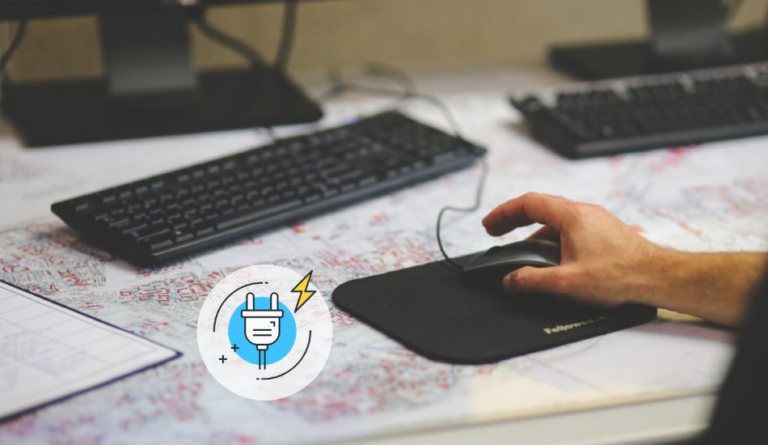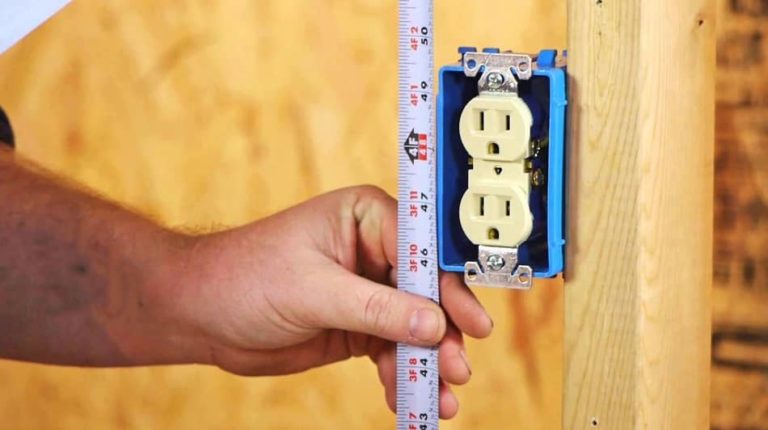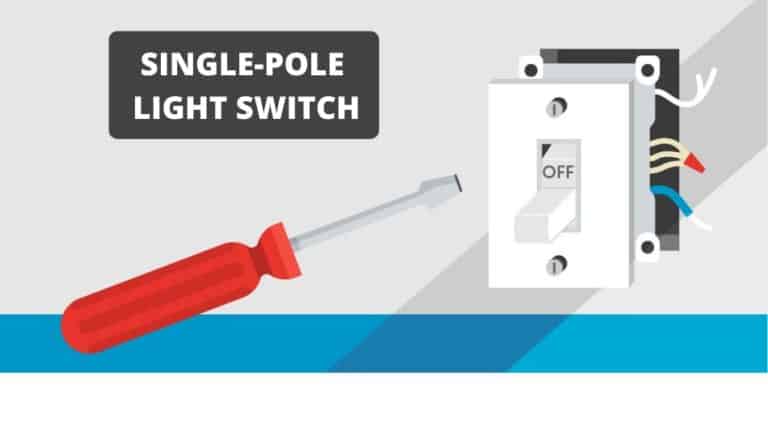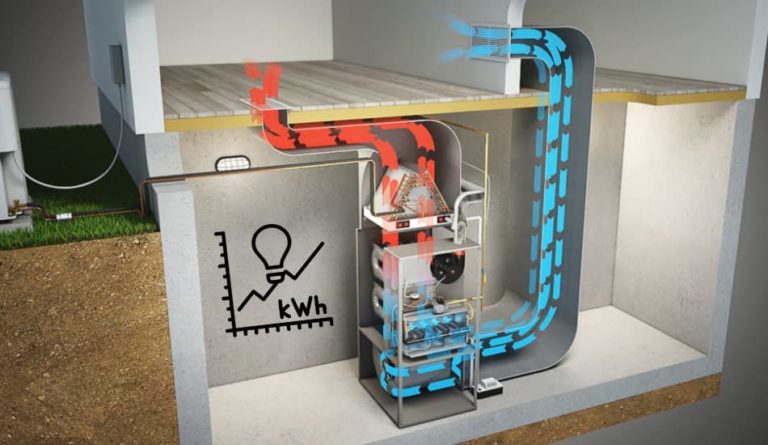How Much Electricity Does a Computer Use in Sleep Mode?
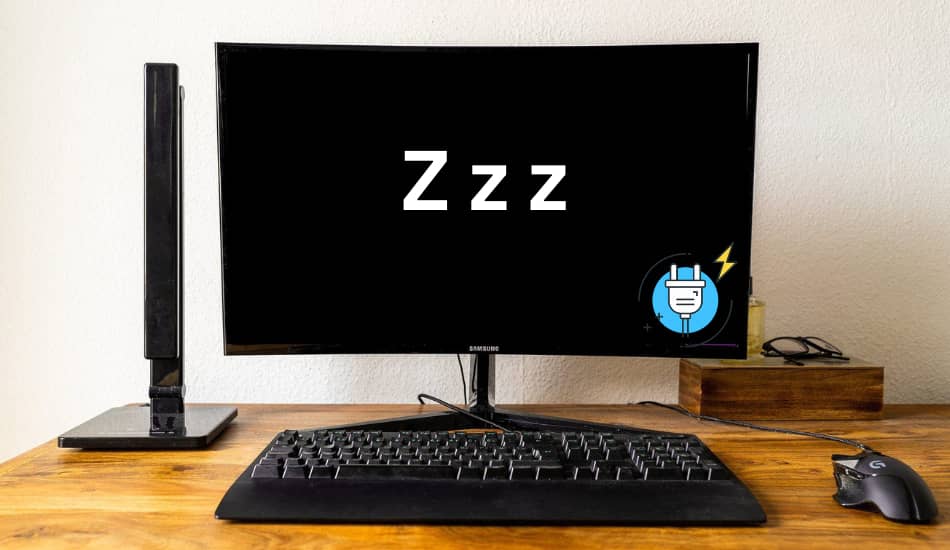
In today’s digital age, almost everyone uses a computer. These devices run all day, and they consume a lot of energy, especially when doing some activities like gaming, Bitcoin mining, or video editing. However, what interests us the most is how much computers use electricity during sleep mode.
Although some people think that by putting the computer in sleep mode, they are actually doing a good thing and saving energy, but is this true? In this article, we’ll explain this and much more. So, let’s start!
So How Much Electricity Does a Computer Use in Sleep Mode? During sleep mode, computers consume between 3 to 10 watts, while the normal power consumption is between 60 and 300 watts. This is nearly 50 times more than in sleep mode. Having a PC in sleep mode for a full day will cost around 0.10 cents, with an electricity rate of 23 cents per kWh.
The average electricity consumption of a computer in sleep mode is between 3 to 10 watts, while laptops use around 2 watts in sleep mode.
Power Consumption of Sleep Mode:
- Computer In Sleep Mode: 3 to 10 watts
- Tablet In Sleep Mode: 1 watts
- Laptop In Sleep Mode: 2 watts
Related Article: How Much Power (Watts) Does a Monitor Use?
Table of Contents
How Does Computer Sleep Mode Work?
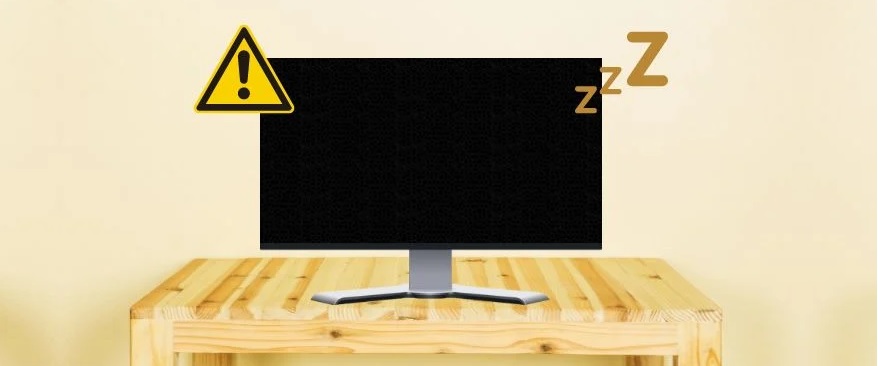
Computer sleep mode works by saving the current state of the system to the RAM memory, which significantly reduces power usage while maintaining the ability to resume full functionality quickly. Depending on the device, USB may enter a low-power state or continue working as usual.
Take a USB mouse as an example: its lights will switch off in sleep mode, but moving the mouse or pressing a button will awaken the computer. I did an experiment to understand better how sleep mode contributes to electricity savings.
During this experiment, I measured the power (electricity) consumption of my computer in sleep mode, noting a current of 0.045 A and a voltage of 251 VAC, equating to roughly 12 Watts of power usage. This amount of energy is comparable to charging a smartphone twice. With the average electricity cost in the U.S. being 23 cents per kWh, this usage translates to an annual cost of about $22, assuming the computer remains in sleep mode throughout the entire year.
However, switching the computer to hibernate mode reduced its energy consumption by 1 watt – this is around 1% compared to its idle sleep mode consumption. Also, it’s worth noting the difference in power usage between laptops and desktop computers in sleep mode: laptops typically use around 1 watts, whereas desktops use between 5 to 10 watts, as previously mentioned.
Related Article: Does Sleep Mode Damage Computer? Expert Explain
How to Actually Measure Power Consumption?
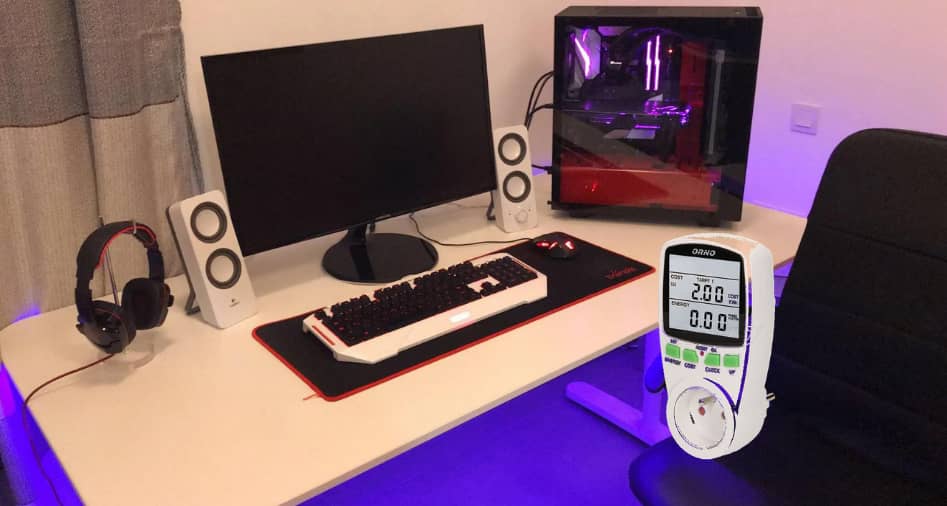
Using a Kill A Watt meter, you can easily measure the power consumption of any electrical device in your house, including your computer, in sleep mode. If you don’t have one already, you can order it on Amazon at a very affordable price.
How to use a Kill A Watt meter?
The process is pretty simple. First, plug your device (kill a watt meter) into an electrical outlet and connect your computer plug to it. Turn on the Kill a Wat meter and put the computer into sleep mode.
Related Article: PS5 Electricity Cost (5 Tips To Save Money)
After you’re done, check how much electricity (kWh) was used on the device. It will show you the exact power that your computer uses during the sleep mode. Some models will also display the price in dollars.
If you are still not sure how to use this device, then check this YouTube video:
Related Article: How Much Power (Watts) Does Keyboard Use?
Is It Better to Put Computer On Sleep Mode or Shutdown?
If you’re in a hurry and plan to get back to work quickly, sleep mode is the best choice. It keeps everything right where you left off. On the other hand, if you’re done for the day, go ahead and shut your PC down.
Now, what if you don’t have any apps open? Sleep mode is still a great choice, as it cuts power to your display and hard drive, saving energy while still staying ready for your tasks. Here is a short overview of all computer modes:
- Shutdown: This is a power-off state that everyone knows how to use. Opting to shut down your computer closes all active programs and turns off the operating system completely. This method will turn off your computer and will not use any power when it is turned off.
- Sleep Mode: When your computer is in sleep mode, it enters a state of low power consumption (between 3 to 10 watts). The current state of your system, including any open applications and documents, is stored in the computer’s memory (RAM) while other components power down to save energy. It can return from sleep mode to active mode very quickly.
- Hibernate: In this state, your computer saves all open documents and running applications to your hard drive and then powers down completely. This means it uses even less power than sleep mode. When you turn your computer back on, everything you were working on is restored just as you left it, though it might take longer to resume than sleep mode.
Here is also one YouTube video that explains this in a little bit more detail:
Top 10 Computer Power Management Myths

It’s common to have questions about how our computers consume energy. Here are 10 common myths about computer power management and the actual facts behind them:
Myth 1: Turning Off Computers Saves More Energy
Reality Check: Turning off your computer during the night saves just 1 watt or two more than putting it in sleep mode. If you forget to turn it off a few times, it cancels out the small energy savings over the year. Despite policies encouraging people to turn off their computers, actual follow-through is between 70 to 90%.
Myth 2: Sleep Mode Could Harm Your Computer
Reality Check: No, it’s not true! Modern computers can withstand around 40,000 on-off cycles, way more than you’d likely use over 5 to 7 years. The idea that frequently entering and exiting sleep mode could harm your computer is largely not true.
Myth 3: Notebooks Don’t Benefit Much from Power Management
Reality Check: Though they consume less power than desktops, notebooks still use about 20 to 30 watts. Standby or sleep mode can drop this to around 1 to 2 watts, proving quite energy-efficient.
Myth 4: Power Surges From On-Off Cycling Increase Energy Use
Reality Check: The tiny power surge from turning on your computer is much less than the energy used by leaving it running unnecessarily.
Myth 5: Standby and Hibernate Features Cause Instability
Reality Check: Modern Windows operating systems handle these features well, minimizing issues like system crashes or wake-up failures.
Myth 6: Waking Up Computers is a Hassle
Reality Check: Most people appreciate the energy-saving aspect once they realize the minor wait time compared to a full boot-up.
Myth 7: Remote Access Requires 24/7 Power
Reality Check: New technologies allow you to wake up your computers remotely, so full power isn’t necessary. At the least, you can use monitor sleep settings.
Myth 8: Sleep Mode Blocks Important Updates
Reality Check: It’s true, but not completely! There are many ways to ensure software updates, like waking computers via the network before sending updates.
Myth 9: Windows Machines are Set for Energy Efficiency
Reality Check: Despite Microsoft’s power-friendly settings, the final setup often lies with PC makers or IT departments, who may alter these settings.
Myth 10: Hibernate Setting Means You’re Energy-Efficient
Reality Check: Just enabling hibernate mode doesn’t mean it’s set to activate automatically during inactivity. Configuring it correctly is key to reaping the energy-saving benefits.
Related Article: Why My TV Won’t Connect to WiFi? Solution
FAQ: People Also Ask
How much power does a PC use in sleep mode?
In sleep mode, a computer typically uses around 7.5 watt-hours of power, while a laptop uses about 2.5 watt-hours [Power Source]. To understand the impact, consider the potential savings when using sleep mode for just one hour daily over the course of a year.
Is it OK to put a computer in sleep mode for a long time?
Yes, it is completely safe to leave your computer in sleep mode for an extended period. Computers are designed to be in different power states – on, off, or sleep – without experiencing any negative consequences. There are even instances of computers, such as servers, that continuously run without being shut down or rebooted for many years.
Will my computer go to sleep mode if the power is out?
Yes, when you put your PC in sleep mode, it significantly reduces power consumption – by over 90%. The computer achieves this by saving the current state of the RAM and using only the minimal amount of power necessary to maintain that state, as RAM is volatile and loses its data when the power supply is interrupted.
Final Thoughts
In conclusion, understanding the power consumption of a computer in sleep mode is important for anyone who wants to optimize their energy usage and reduce electricity costs. While in sleep mode, a computer uses significantly less power than when fully operational, offering a practical solution for saving energy without shutting down the system completely.
Adopting habits like putting your computer to sleep when not in use can contribute to a more energy-efficient lifestyle, helping the environment and your wallet. I hope this article has helped you, and for any other questions, feel free to comment below.



